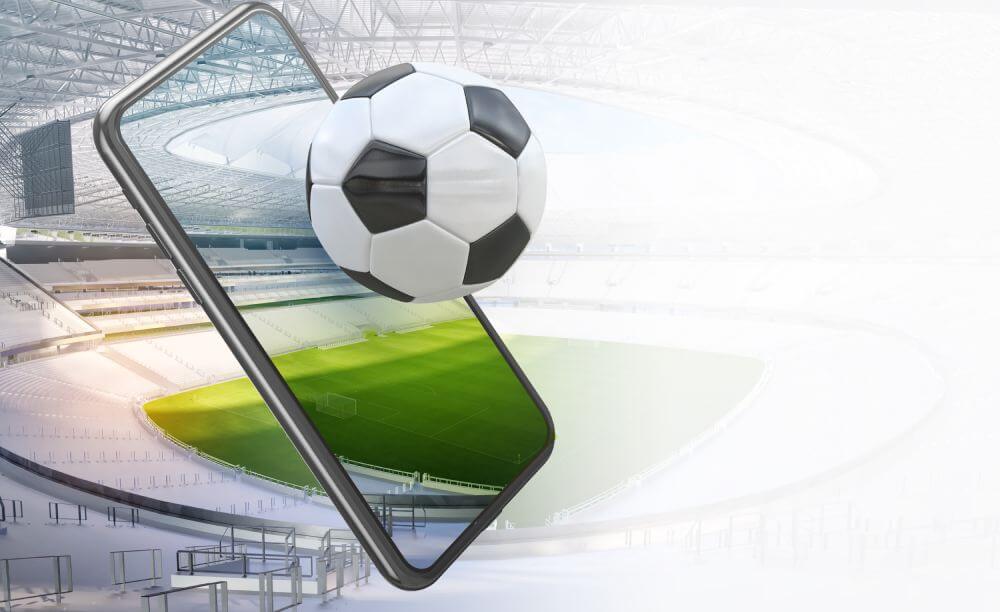The most popular sport in the world includes a whole lot of tournaments, cups, and other competitions. Not only can everyone play it out of love, but they can also become well-seasoned professionals if they want to. This is how the story of the Women’s World Cup came to life in the 20th century.
By getting more and more recognition over the past few decades, the greatest women’s football national team contest in the world became a very popular event with a bunch of fans in almost every corner of the planet. Here’s what you need to know if you want to spend some serious time attending and following Women’s World Cup events.
Let’s Talk About the Past
Believe it or not, the first sparks hinting at the Women’s World Cup started back in the early 1970s. There was an unofficial tournament played that year. Another unofficial World Cup followed a year later, where Denmark lifted the trophy.
Although some countries did not show much interest in women’s football in this period, its growth never actually stopped. That’s how fans witnessed a couple of official football tournaments for women in Asia in 1975.
In 1984, there were several more women’s football tournaments in Europe. This only motivated the representatives of this sport for women to step up and request a better status. Soon after, in 1988, the officials held sort of a pilot Women’s World Cup.
By doing this, they put this competition to the test to see how popular it would be. The fact that more than 40,000 people attended the first game was more than enough for the officials to realise that women’s football competitions are very well-liked and are full of potential.

The Official Women’s World Cup Competitions, Format & Most Important Information
The Women’s World Cup format as we know it today involves 32 teams. This number has gone up throughout the years. The first World Cup edition featured 12 teams. It increased to 16, and then to 24, only to reach 32 teams nowadays.
It all starts with qualifiers, where teams from all over the world play the qualifying tournament within their own zone. The officials decide how many seeds each Confederation and Union will get.
The final tournament consists of two stages, the group and the knockout stage. The group phase implies the round-robin format, meaning that all the teams play three games against the rest of the teams. Once the group stage ends, the knockout phase begins.
In this part of the tournament, each round includes only one match with extra time and penalties, if needed. The team to win advances to the following round, and the team to lose gets eliminated from the competition.

Top Scorers and Other Records
A lot of amazing players have left their mark on this tournament. The fact that there are more than ten different awards for the Women’s World Cup players only shows how devoted and well-performing players are.
When it comes to the most successful goalscorers, Marta is the current leader with 17 goals scored now. Birgit Prinz and Abby Wambach, with 14 goals each, are one step behind. Michelle Akers is the third top goalscorer, with 11 goals scored in total.
The team with the most trophies is the United States (four).
Germany follows with two, where Norway and Japan rank third with one title each. The USA also scored the highest number of goals (138). Their biggest competitor when it comes to overall goalscoring is Germany, with 121 goals scored so far. Norway is one place below, with 93 goals.
The First Two World Cups (1991 & 1995)
The officials considered the 1988 tournament a success. All this led to the final decision to hold the official and first-ever Women’s World Cup tournament in 1991. The competition took place in China and lasted from 16 to 30 November.
Twelve national teams joined this tournament. The format of the competition implied three groups of four teams. It was the United States that won the first official Women’s World Cup after they defeated Norway in the finals by 2:1. This contest has continued to be held every four years.
In 1995, Sweden hosted the second World Cup. Many fans remember this tournament for its time-out rule. In other words, each team could go on a two-minute time out each half. This was the first and only time that the officials applied this rule. In the final game of this tournament, Norway beat Germany by 2:0.
The 1999 and 2003 World Cup Contests
The USA held the next two Women’s World Cups. In 1999, the USA won their second title after a spectacular penalty shootout against China. Unlike the two previous tournaments, this competition featured 16 teams.
The most memorable moment was Brandi Chastain’s victory celebration. She took off her jersey and waved it in front of the crowd, celebrating the trophy-winning. The 2003 World Cup was initially intended to be hosted in China but was held in the USA.
As China had everything ready for the competition, it retained its host spot in the tournament, meaning it didn’t have to play in the qualifiers. On 12 October, the Germans won the final match over Sweden (2:1) and became the champions for the first time.
The World Cup 2007 & 2011
Since China dropped out as host in 2003, it gained the right to host the next Women’s World Cup in 2007. It was the first time the winning team in this competition received the trophy accompanied by the Champions Badge. Another record was set at the World Cup 2007 as Germany beat Argentina by 11:0.
This record lasted until 2019. In the last game of the tournament, Germany faced Brazil and triumphed over them by 2:0. This meant that the National Eleven got their second World Cup trophy. The 2007 tournament was also the last one when it came to the golden goal rule.
After the bid for the World Cup 2011 was over, the public was informed that Germany would be the new host for this contest. With so many great venues and so many talented players, this was yet another spectacular event. It ended in Japan’s victory.
More specifically, there was no winner after the regular match period and overtime. So, Japan got the better of the USA team after penalties (3:1), and Homare Sawa got the Golden Ball award.
World Cup Events Held in 2015 & 2019
The seventh official World Cup contest had Canada as the host. This event featured more than one record break. First, Homare Sawa, who played for Japan, and Formiga, who played for Brazil, were part of their national teams for the sixth time.
At that time, no one had ever achieved that number of appearances. Also, USA’s Christie Pearce, aged 40, became the oldest footballer to play in the World Cup. Another important decision for this contest was to expand the number of participants from 16 to 24.
The Japanese team, which won the previous competition, got to be the runner-up in 2015. For the third time, the USA team outpowered all their opponents and won this elite tournament.
In 2019, it was France’s turn to host the eighth Women’s World Cup. The French had a lot of success in doing so. In contrast to previous tournaments, the 2019 competition saw some other national teams, such as England and Netherlands, stand out.
Still, neither England nor the Netherlands won the title. Instead, the USA team set another four-title record as they beat everyone in the playoffs. This included the final match they played and won against the Netherlands (2:0).
The Ongoing (2023) Women’s World Cup
The ninth World Cup Competition currently takes place in Australia and New Zealand. This is the first Women’s World Cup edition to include 32 teams. This 2023 World Cup implies the same format, including two main stages, the first, the group phase, with eight groups of four teams, and the second, the knockout part of the tournament.
Besides the defending champions and other teams we’re kind of used to, some new colours, jerseys, and national anthems emerged this year. That said, Morocco, Ireland, the Philippines, Portugal, Zambia, Panama, and Vietnam joined this competition for the first time.
Lionesses from England are the number one favourite to win the World Cup 2023. After the USA’s elimination, the second team most likely to bring home the silverware is Spain. Japan and France are somewhat close to Spain, too.
Even though experts regard these teams as the strongest ones, fans should never write off any other teams, as this contest is always full of surprises. Every team has very skilled players who can become game-changers at any time.
Some of the most popular and best-performing players in this World Cup are Alex Morgan, Ada Hegerberg, Sam Kerr, Alexia Putellas, Lena Oberdorf, Alexandra Popp, Wendie Renard, Sophia Smith, Marta, etc.















